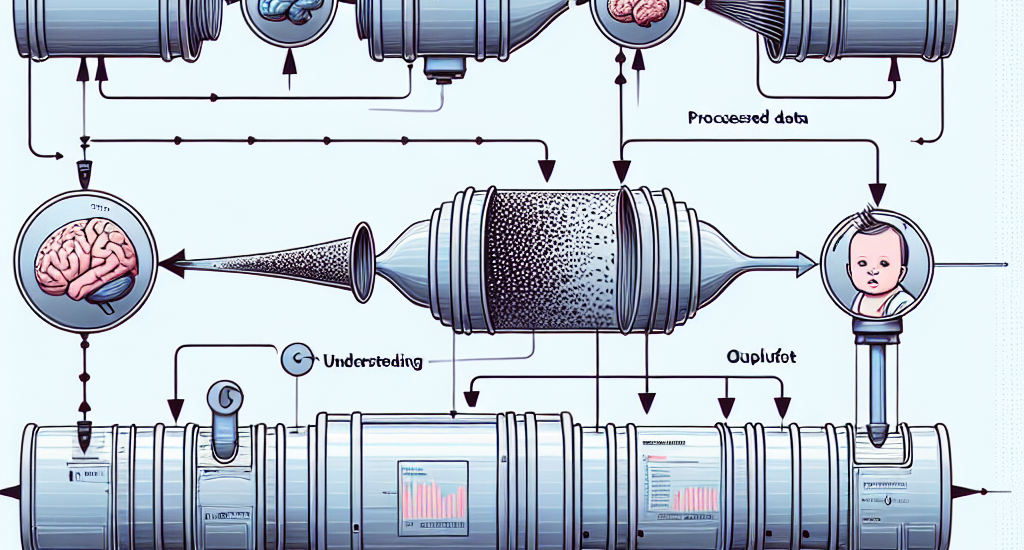Authors: Yilan Dong, Vanessa Kyriakopoulou, Irina Grigorescu, Grainne McAlonan, Dafnis Batalle, Maria Deprez
Abstract: Numerous studies have highlighted that atypical brain development,
particularly during infancy and toddlerhood, is linked to an increased
likelihood of being diagnosed with a neurodevelopmental condition, such as
autism. Accurate brain tissue segmentations for morphological analysis are
essential in numerous infant studies. However, due to ongoing white matter (WM)
myelination changing tissue contrast in T1- and T2-weighted images, automatic
tissue segmentation in 6-month infants is particularly difficult. On the other
hand, manual labelling by experts is time-consuming and labor-intensive. In
this study, we propose the first 8-tissue segmentation pipeline for
six-month-old infant brains. This pipeline utilizes domain adaptation (DA)
techniques to leverage our longitudinal data, including neonatal images
segmented with the neonatal Developing Human Connectome Project structural
pipeline. Our pipeline takes raw 6-month images as inputs and generates the
8-tissue segmentation as outputs, forming an end-to-end segmentation pipeline.
The segmented tissues include WM, gray matter (GM), cerebrospinal fluid (CSF),
ventricles, cerebellum, basal ganglia, brainstem, and hippocampus/amygdala.
Cycle-Consistent Generative Adversarial Network (CycleGAN) and Attention U-Net
were employed to achieve the image contrast transformation between neonatal and
6-month images and perform tissue segmentation on the synthesized 6-month
images (neonatal images with 6-month intensity contrast), respectively.
Moreover, we incorporated the segmentation outputs from Infant Brain Extraction
and Analysis Toolbox (iBEAT) and another Attention U-Net to further enhance the
performance and construct the end-to-end segmentation pipeline. Our evaluation
with real 6-month images achieved a DICE score of 0.92, an HD95 of 1.6, and an
ASSD of 0.42.
Source: http://arxiv.org/abs/2408.15198v1





